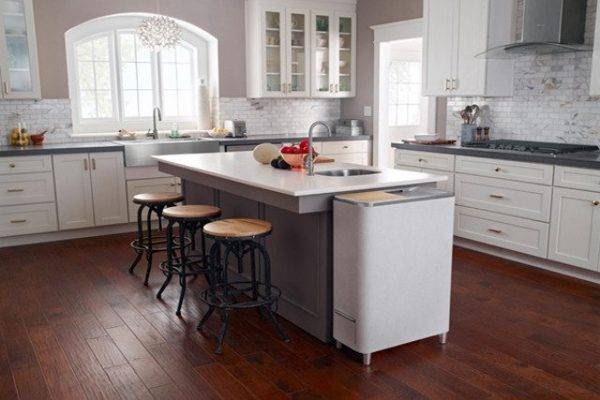5 Incredible Ecovillages Around The World
These communities are paving the way for a more sustainable future
Nora Julet
Have you ever dreamed of living in an eco-village? Somewhere that sustainability and low-impact living is the order of the day?
A place dedicated to healthy living, a deep relationship with nature, and collective community growth. While not the norm (yet), these places do exist around the world, and they’re called eco-villages.
Defined by Global Ecovillage Network as “An intentional or traditional community using local participatory processes to holistically integrate ecological, economic, social, and cultural dimensions of sustainability in order to regenerate social and natural environments.” eco-villages are offering an alternative to the status quo and showing that living in harmony with the planet is achievable and can fit with our modern lives.
Punta Mona Ecovillage, image via Ashley Drody
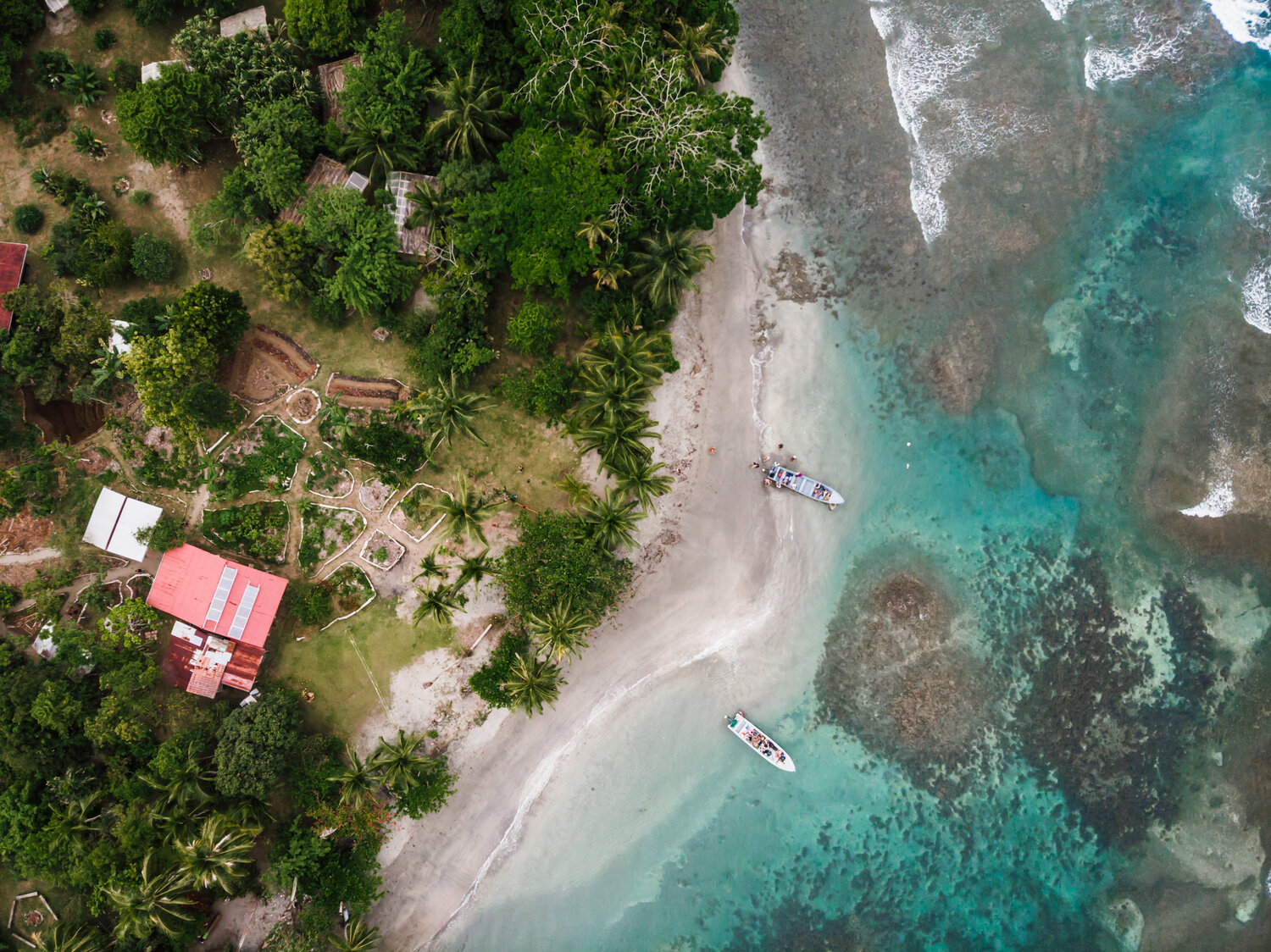
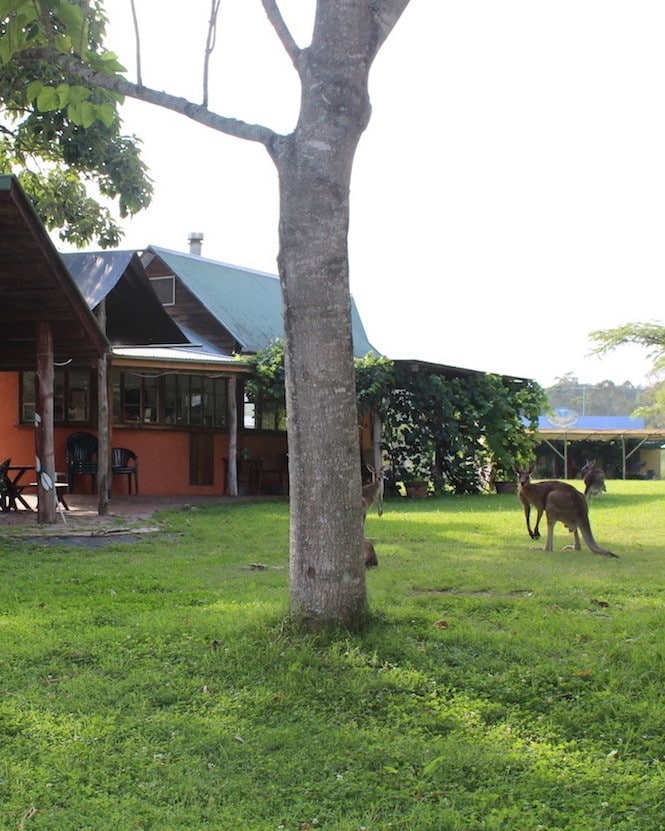
1. Crystal Waters – Sunshine Coast, Australia
Located in an Australian Wildlife Sanctuary, the sustainable community of Crystal Waters in Queensland aims to peacefully share the land between humans and wildlife.
They received the World Habitat Award because of their ecological cabins, and permaculture design by Max Lindegger and Robert Tapp. Everything, from the building to the water supplies, is built on sustainable land-use principles. This also includes solar energy and composting toilets.
The residential area only occupies 20% of the land. The rest is used for regeneration of wildlife, bamboo farms, organic agriculture, and natural playgrounds. Activities include markets, festivals, art exhibitions, workshops, and so much more.
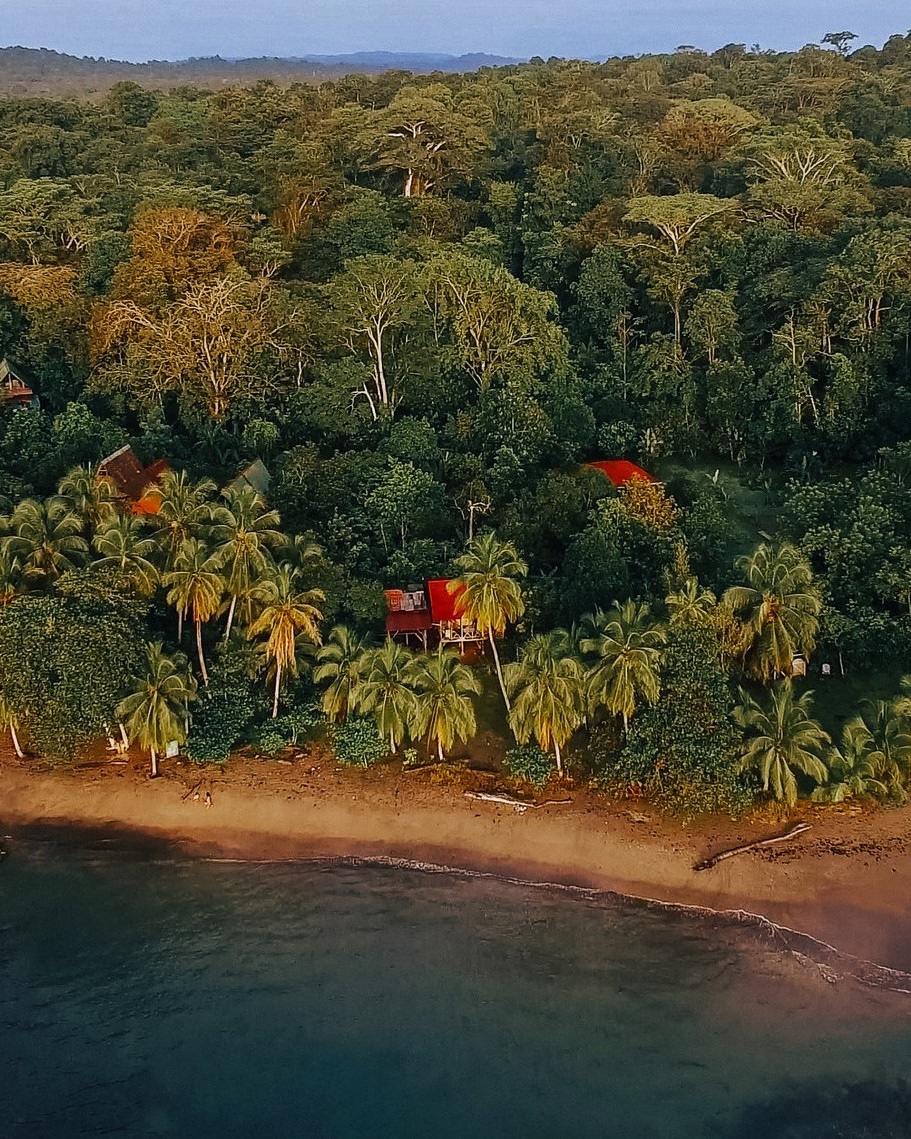
2. Punta Mona, Costa Rica
The sustainable community of Punta Mona is an off-the-grid farm and centre for sustainability and education. You can find them in the Gandoca-Manzanillo Wildlife Refuge of Costa Rica. The Caribbean waters take a major role in the biodiversity of the community.
They teach about permaculture, herbalism, yoga, art, and how to build a treehouse with renewable materials from the jungle. All ingredients used for medicine, food, and wellness come from the farms. If you’re hungry, you can take a snack in the jungle.
Their sustainability not only lies in their ecological houses. They focus on wellness and a connection to our mother source: Earth.
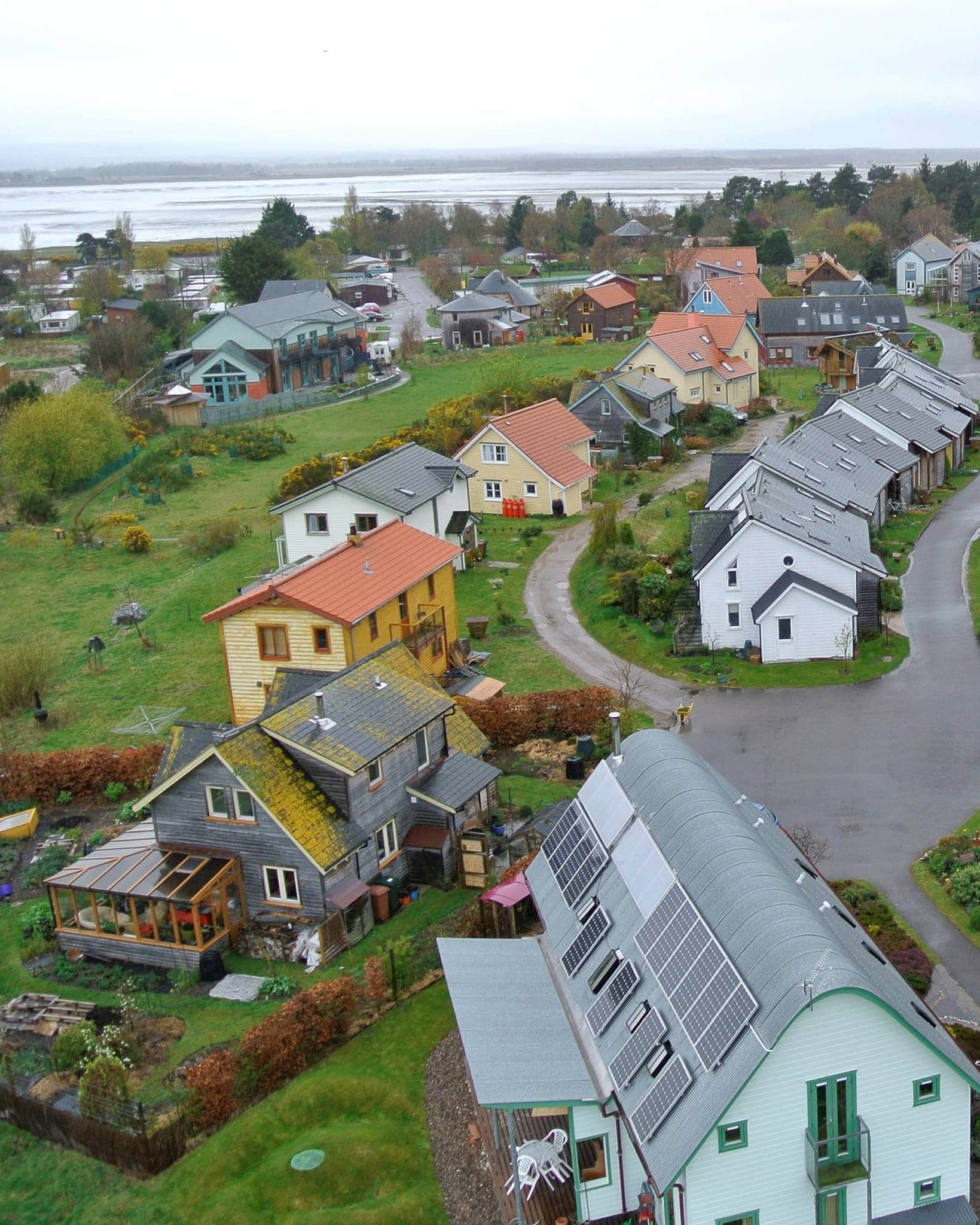
3. Findhorn Ecovillage – Findhorn, Scotland
Located in the Bay of Moray, Findhorn‘s sustainable community aims to completely cut their carbon footprint. Findhorn’s beauty shines through their gardens, ecological architecture, and community building.
This has awarded them with the UN-Habitat Best Practices.
Findhorn’s zero carbon homes only use natural materials. They use “breathing walls” to interact with indoor climate and passive solar systems for water and electricity. You have the creative freedom to build your design, or rent one already built. Cullerne Gardens is the place to grow the community’s supply of food. Still, many residents love to share their garden with neighbours.
With their currency, called the Eko, they can have a sustainable economy while nourishing a loving community
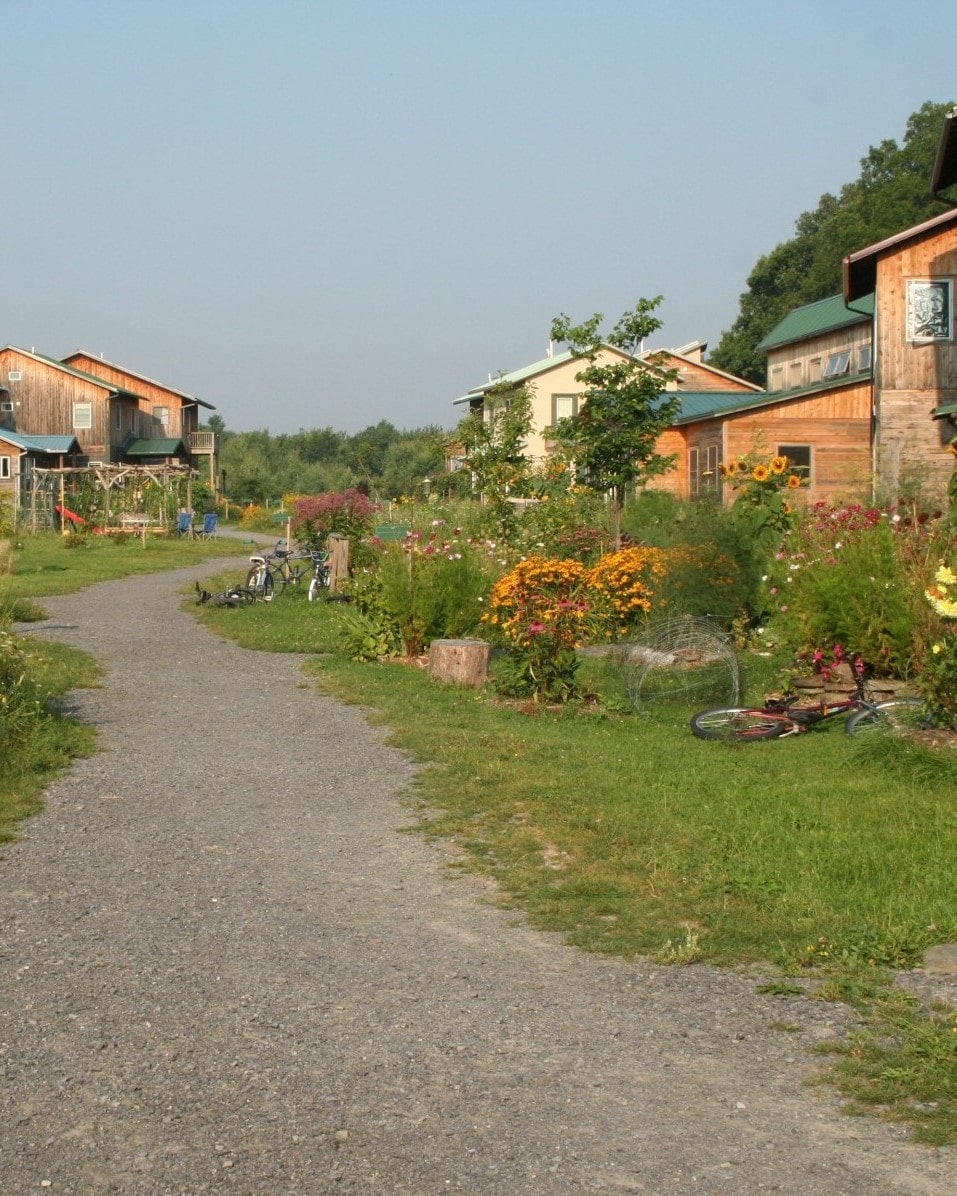
4. Ithica Sustainable Community – New York, United States
Ithaca’s sustainable community is in New York’s Finger Lakes, where you can explore wineries and natural playgrounds. More than a community, Ithaca is a movement. They implement sustainable solutions to how we use shelter, food, energy, wellness, and social connectedness.
Their sustainable practices have awarded them, along with Cornell University, the Town-Gown Award. This is because of their insulated green buildings that conserve the warmth of the sun for the winters. Their passive solar designs also allow them to let in natural daylight and minimize cold north winds.
The secret of their community is sharing everything with everyone. And making the eco-buildings as affordable as possible.
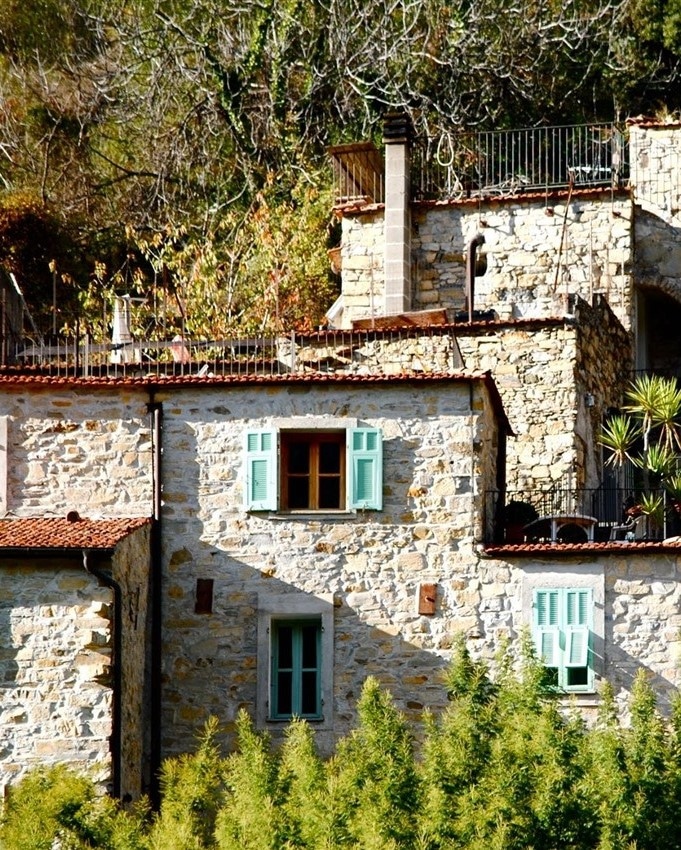
5. Torri Superiore – Province of Imperia, Italy
Torri Superiore is a sustainable 14th-century medieval village near the Mediterranean sea. In your stay, you can visit the Ligurian mountains or swim in the gorgeous natural waters of Bevera. They aim to regenerate the economic and social aspects of the village while prioritizing sustainability.
You can see this in their organic agriculture, solar thermal panels, and composting toilets. Creating employment based on environmental sustainability and social solidarity is also a goal.
All materials used for the reconstruction of the building are environmentally benign. With green building techniques, they used coconut fibres, corks, and local materials from the village.
Torri Superiore is collaborating with local agencies to better ecotourism, beekeeping, local trade, and social care.
Image via Green Whereabouts


